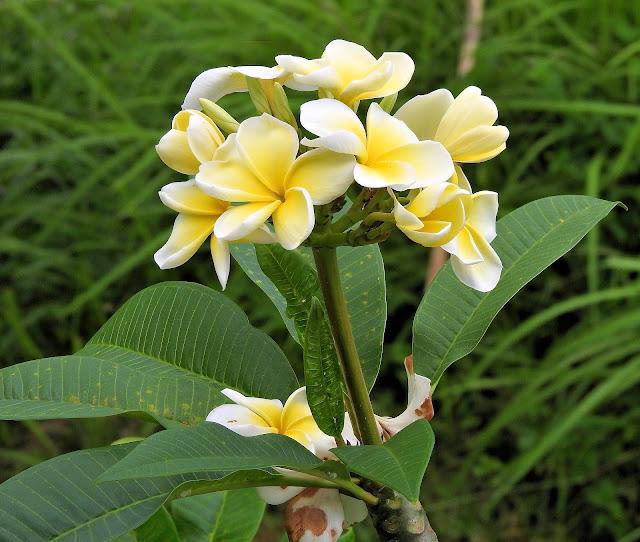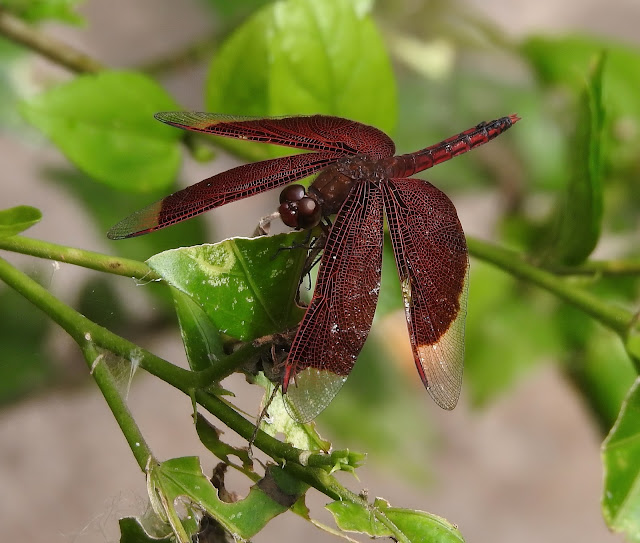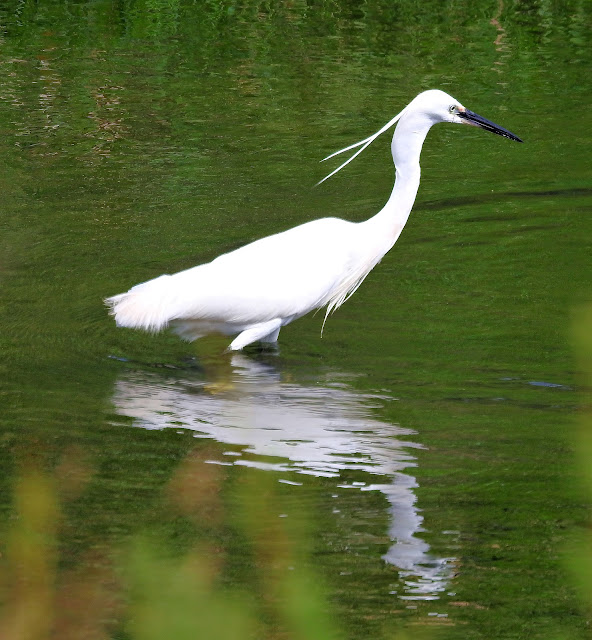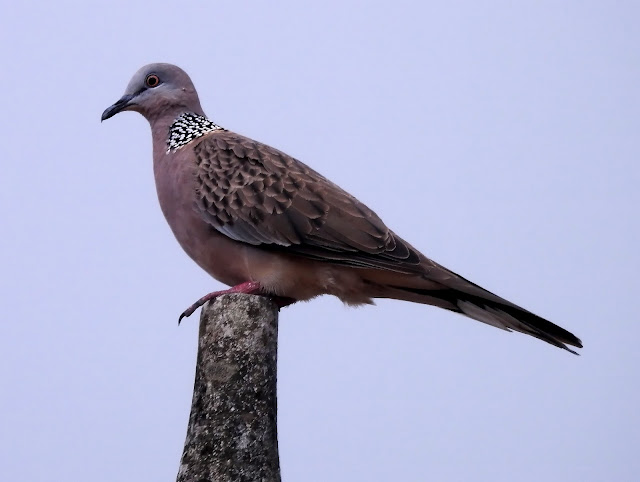The Eurasian hoopoe (Upupa epops) is the most widespread species of the genus Upupa. It is a distinctive cinnamon coloured bird with black and white wings, a tall erectile crest, a broad white band across a black tail, and a long narrow downcurved bill. Its call is a soft "oop-oop-oop". It is native to Europe, Asia and the northern half of Africa. It is migratory in the northern part of its range. It spends most of the time on the ground probing for grubs and insects. The clutch of seven to eight eggs is laid in an existing cavity. The eggs are incubated by the female and hatch asynchronously. Some ornithologists treat the African and Madagascar hoopoes as subspecies of the Eurasian hoopoe.

The Eurasian hoopoe is widespread in Europe, Asia, and North Africa and northern Sub-Saharan Africa. Most European and north Asian birds migrate to the tropics in winter. Those breeding in Europe usually migrate to the Sahel belt of sub-Saharan Africa. The birds predominantly migrate at night. In contrast, the African populations are sedentary all year. The species has been a vagrant in Alaska; U. e. saturata was recorded there in 1975 in the Yukon Delta. Hoopoes have been known to breed north of their European range, and in southern England during warm, dry summers that provide plenty of grasshoppers and similar insects, although as of the early 1980s northern European populations were reported to be in the decline, possibly due to changes in climate.

The hoopoe has two basic requirements of its habitat: bare or lightly vegetated ground on which to forage and vertical surfaces with cavities (such as trees, cliffs or even walls, nestboxes, haystacks, and abandoned burrows in which to nest. These requirements can be provided in a wide range of ecosystems, and as a consequence the hoopoe inhabits a wide range of habitats such as heathland, wooded steppes, savannas and grasslands, as well as forest glades.
The diet of the Eurasian hoopoe includes many species considered by humans to be pests, such as the pupae of the processionary moth, a damaging forest pest. For this reason the species is afforded protection under the law in many countries.
The Eurasian Hoopoe is listed as a species of "Least concern" by the IUCN. Despite the fact, the species has been in a continuous decline according to the organisation since 2008, the causes being loss of habitat and over-hunting.
Hunting is of concern in southern Europe and Asia.
In Europe, the hoopoe seems to have a stable population though it is threatened in several regions. The bird is considered extinct in Sweden and "needing active conservation" in Poland. The species has recovered and stabilised in Switzerland, however they remain vulnerable.







%202.jpg)


























%201.jpg)
%202.jpg)
%203.jpg)













